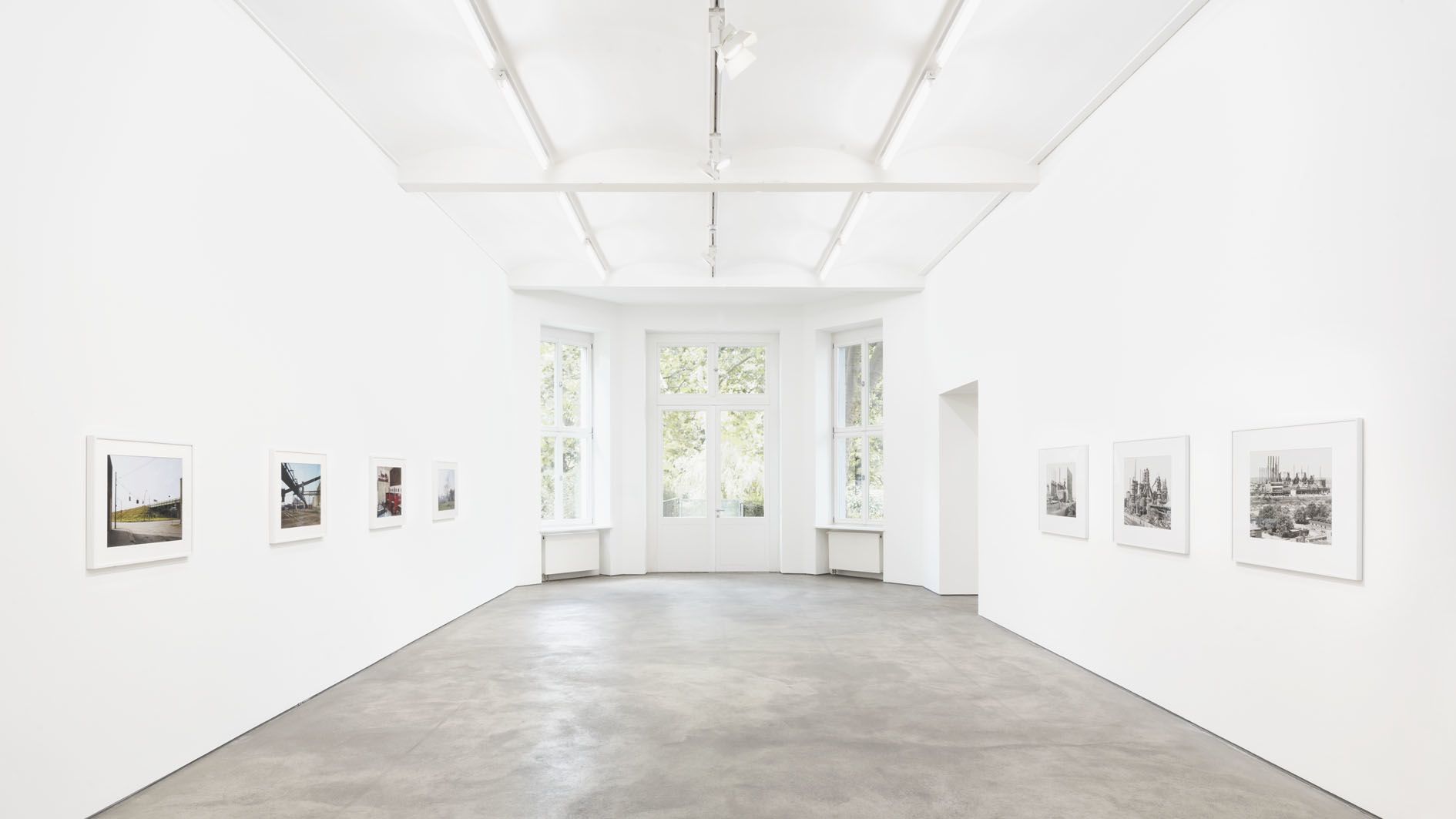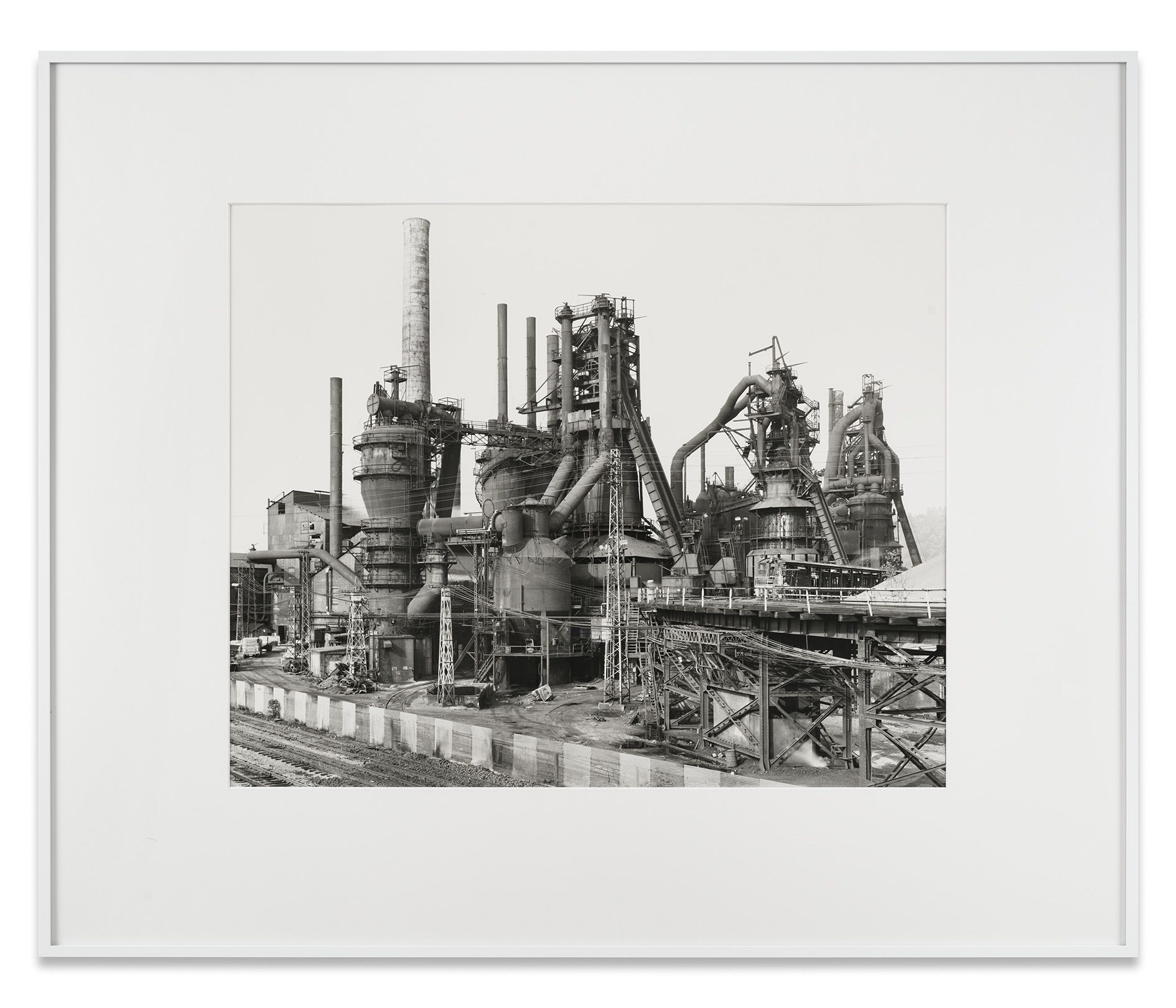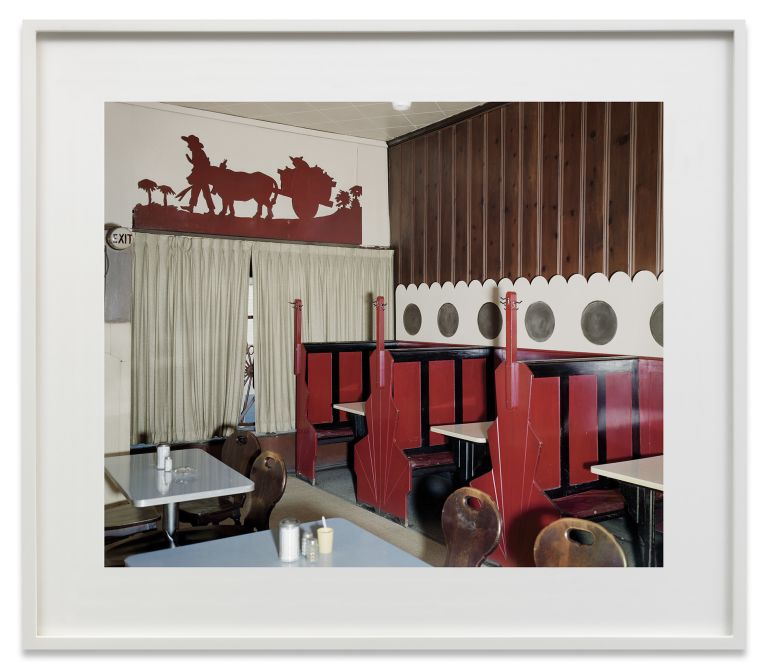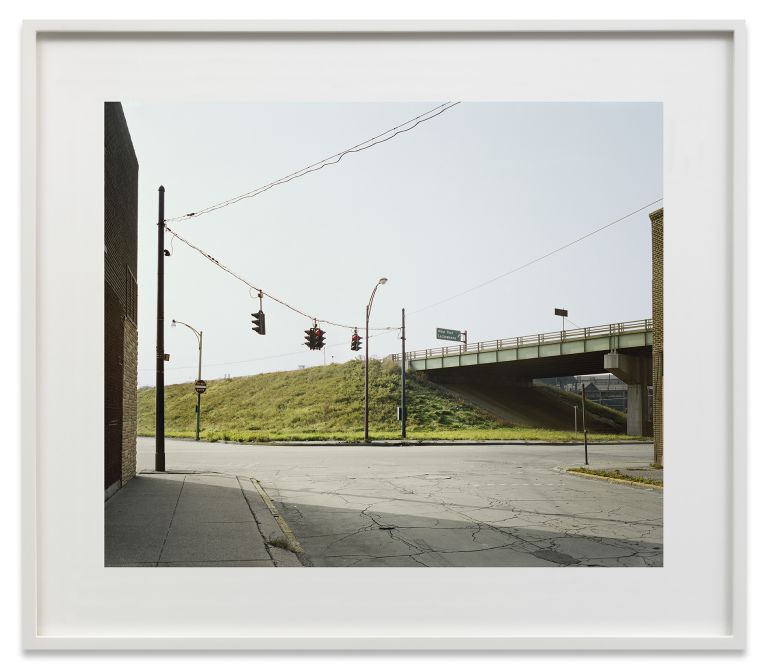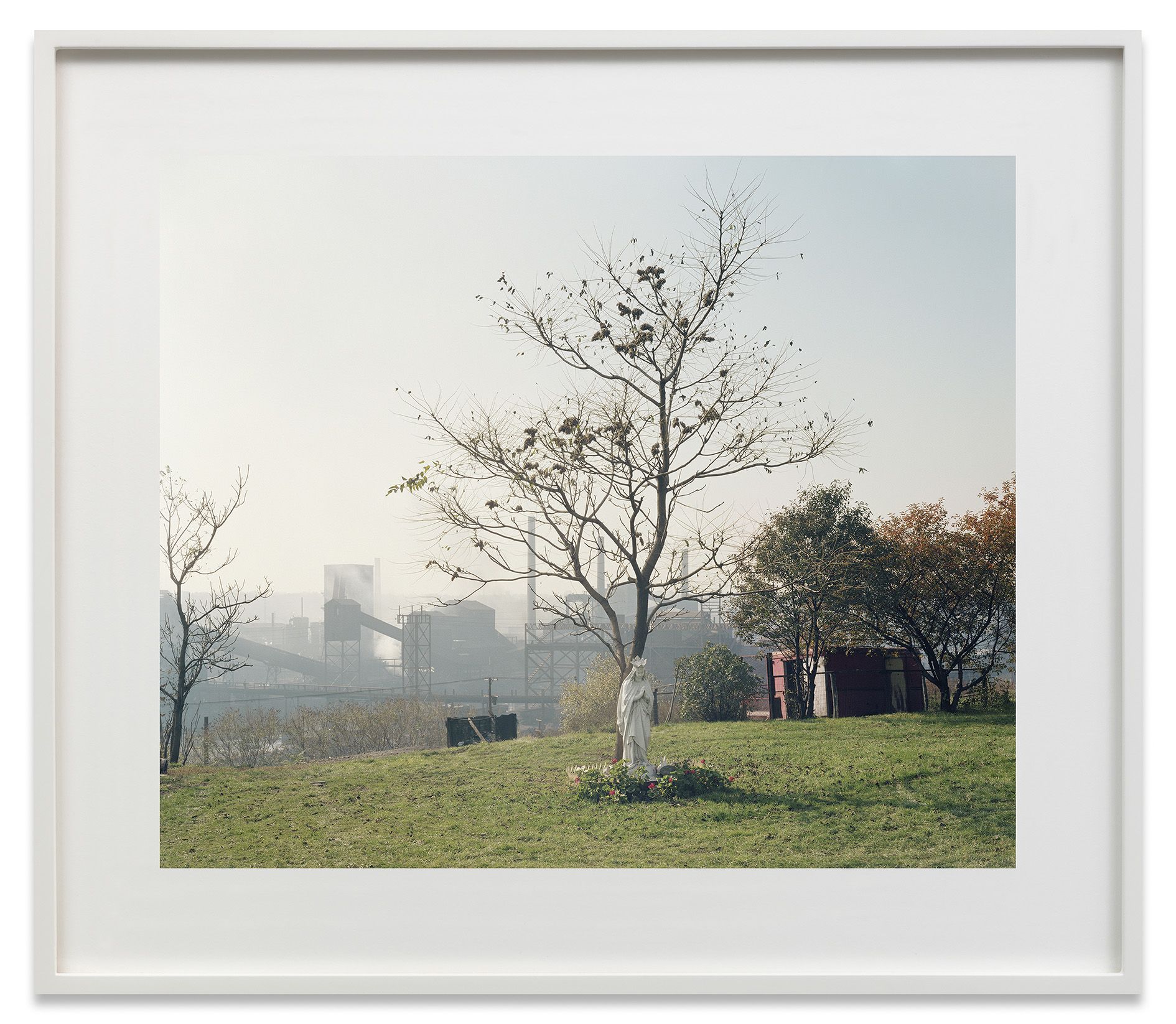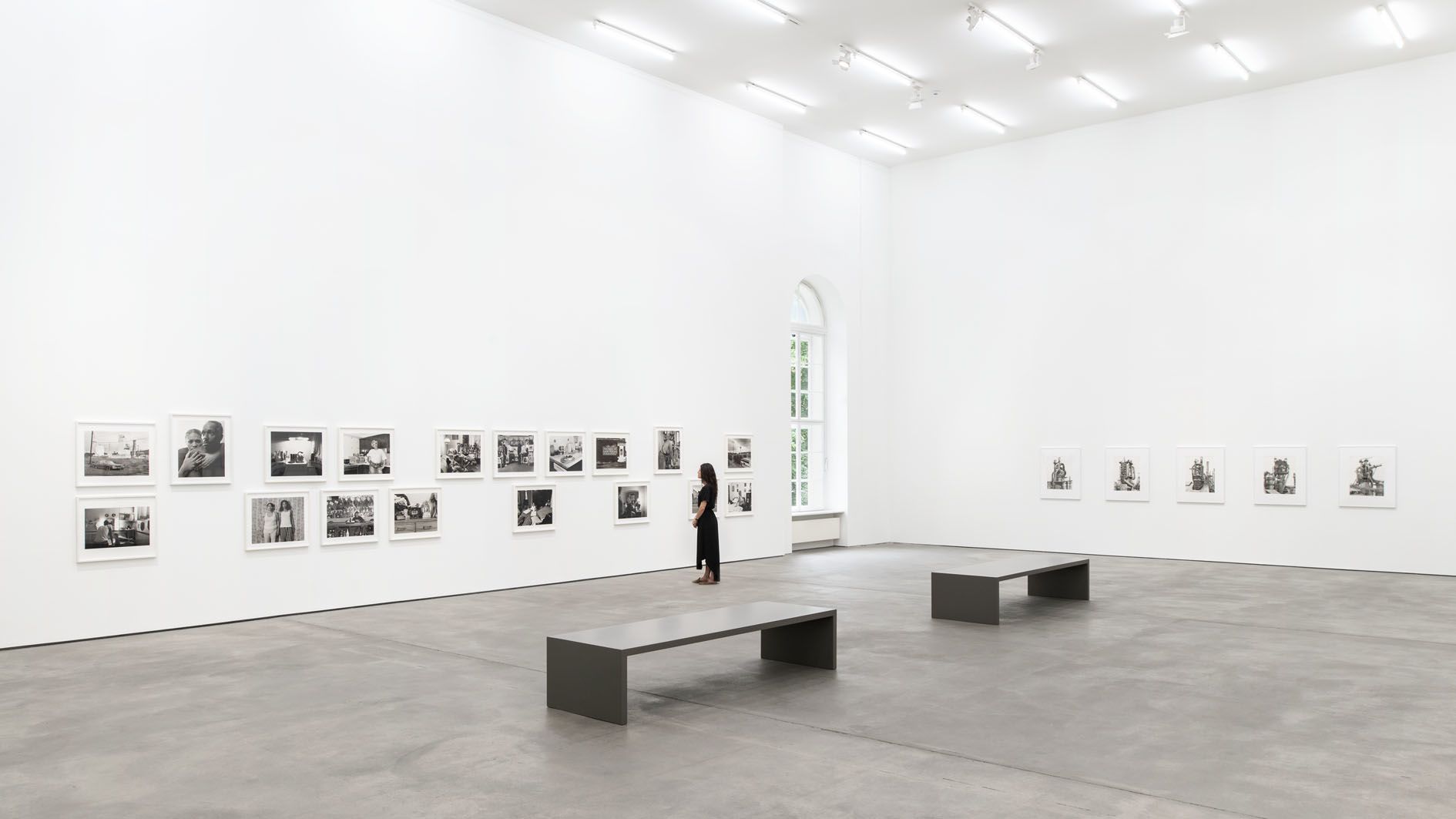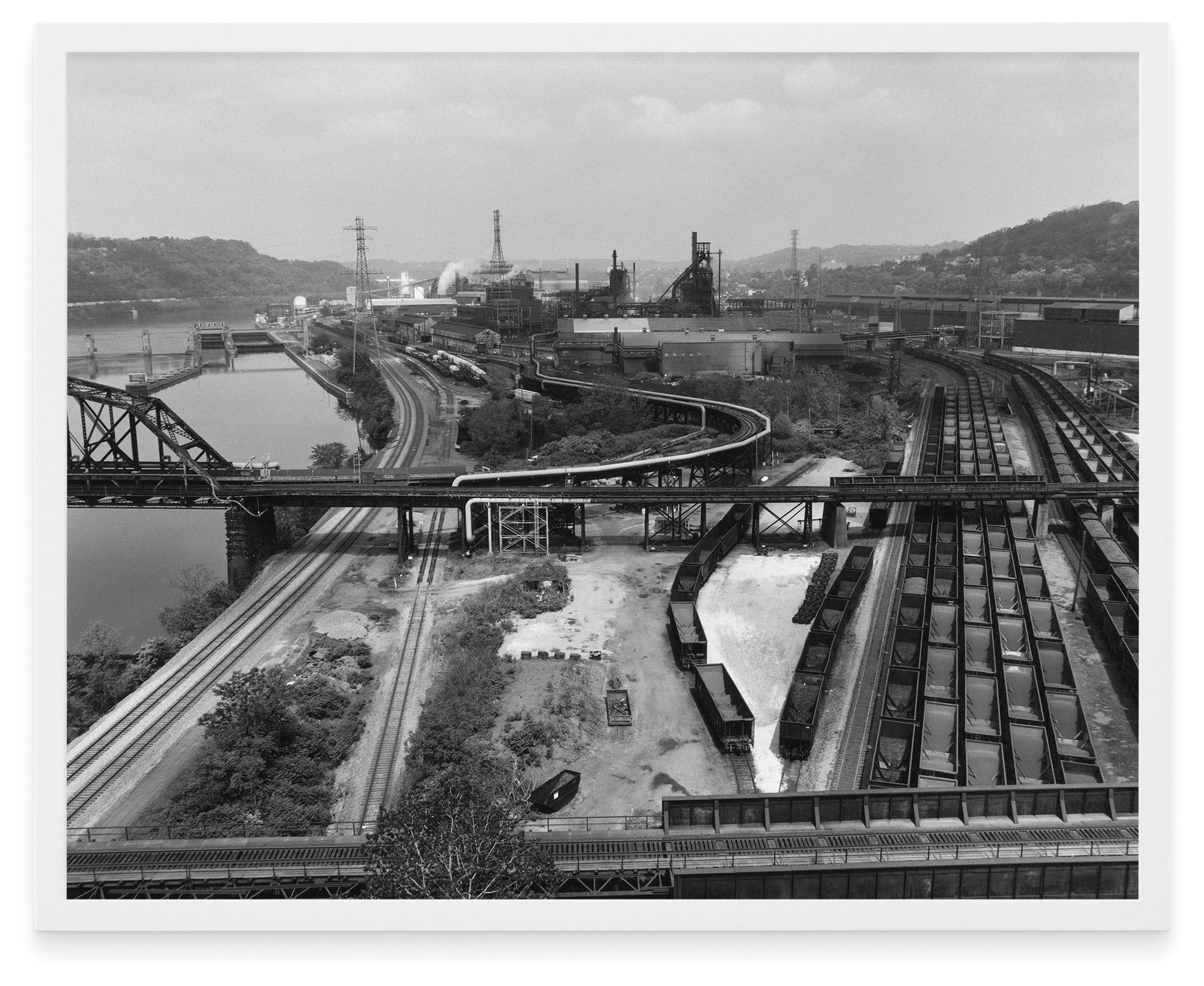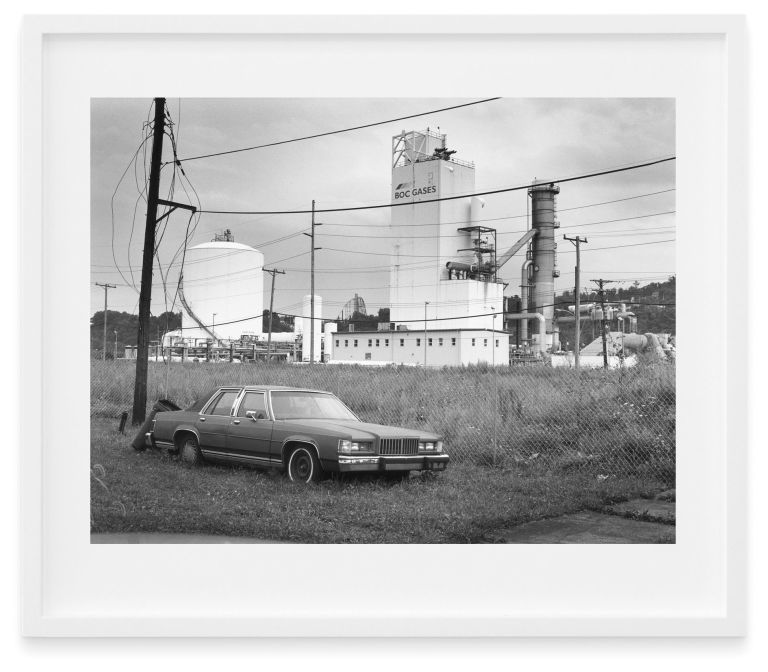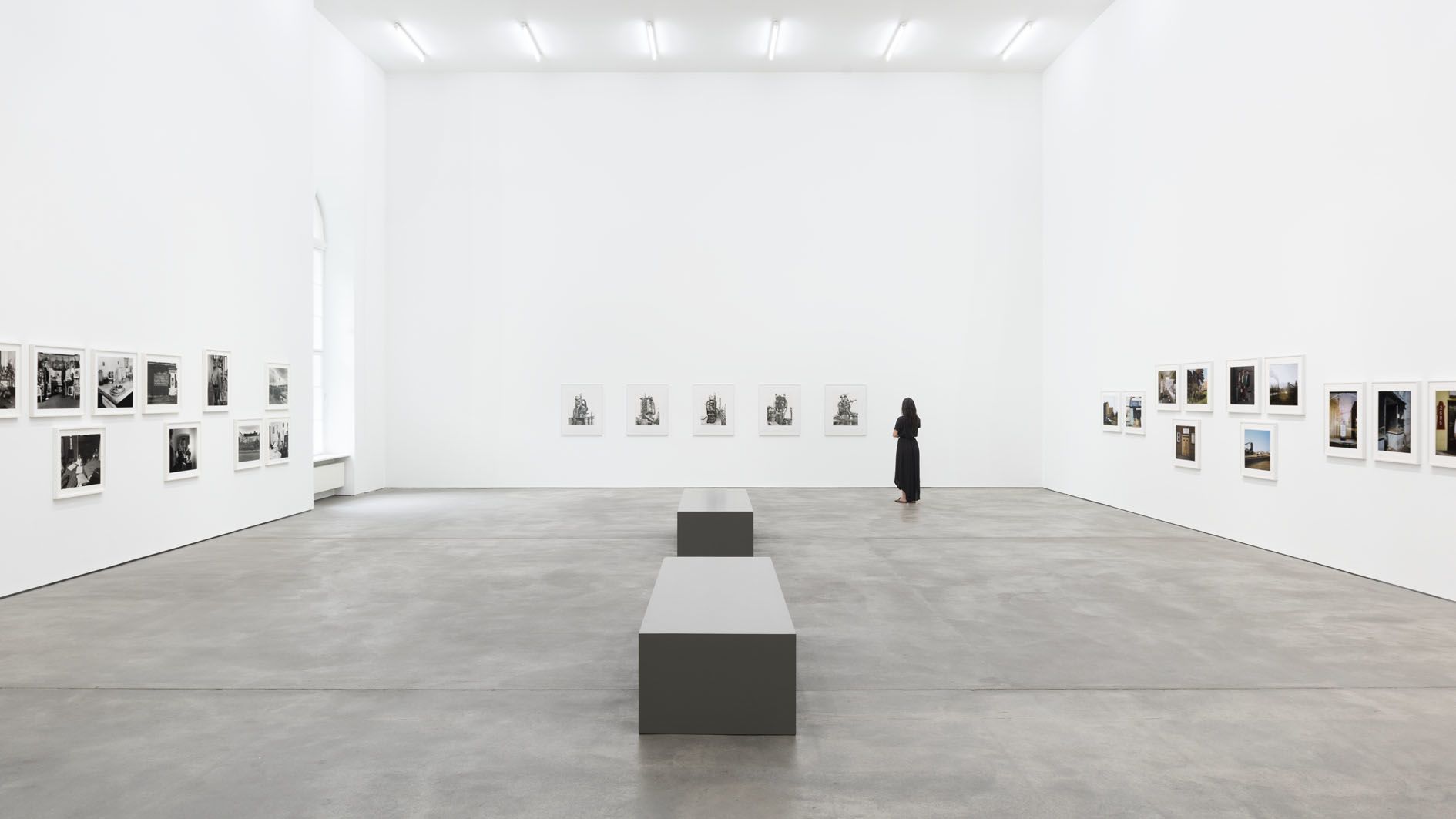The group exhibition Rust looks at the decline of the American Rust Belt through the work of Bernd and Hilla Becher, Stephen Shore and LaToya Ruby Frazier. Their nuanced takes offer complementary views on the industrial Northeast and Midwest since the late 1970s to the present day, against a backdrop of wider societal changes in the face of drastic industrial regression.
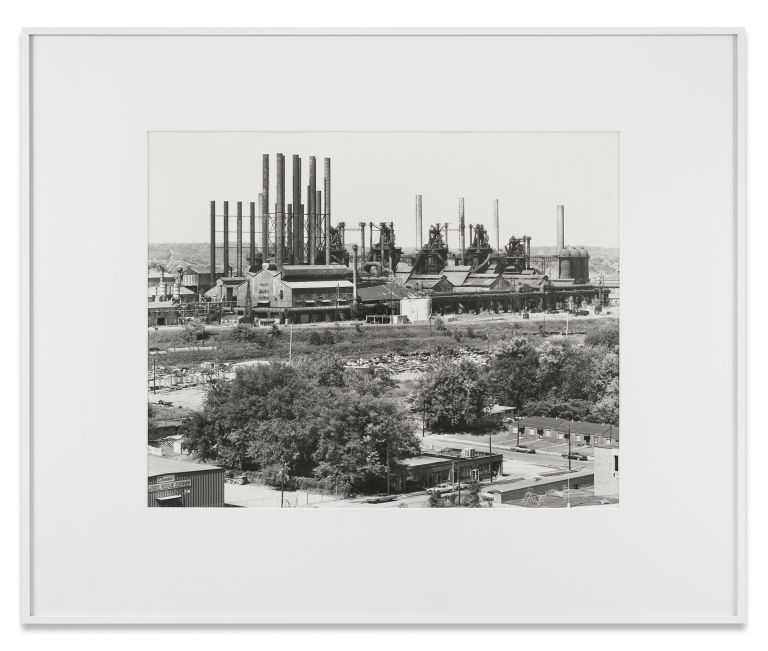
Bernd & Hilla Becher
Blast Furnaces, Ensley, Alabama, USA, 1982
Silver-gelatin print
50 × 60 cm
19 3/4 × 23 5/8 inches
